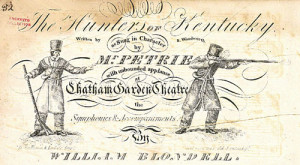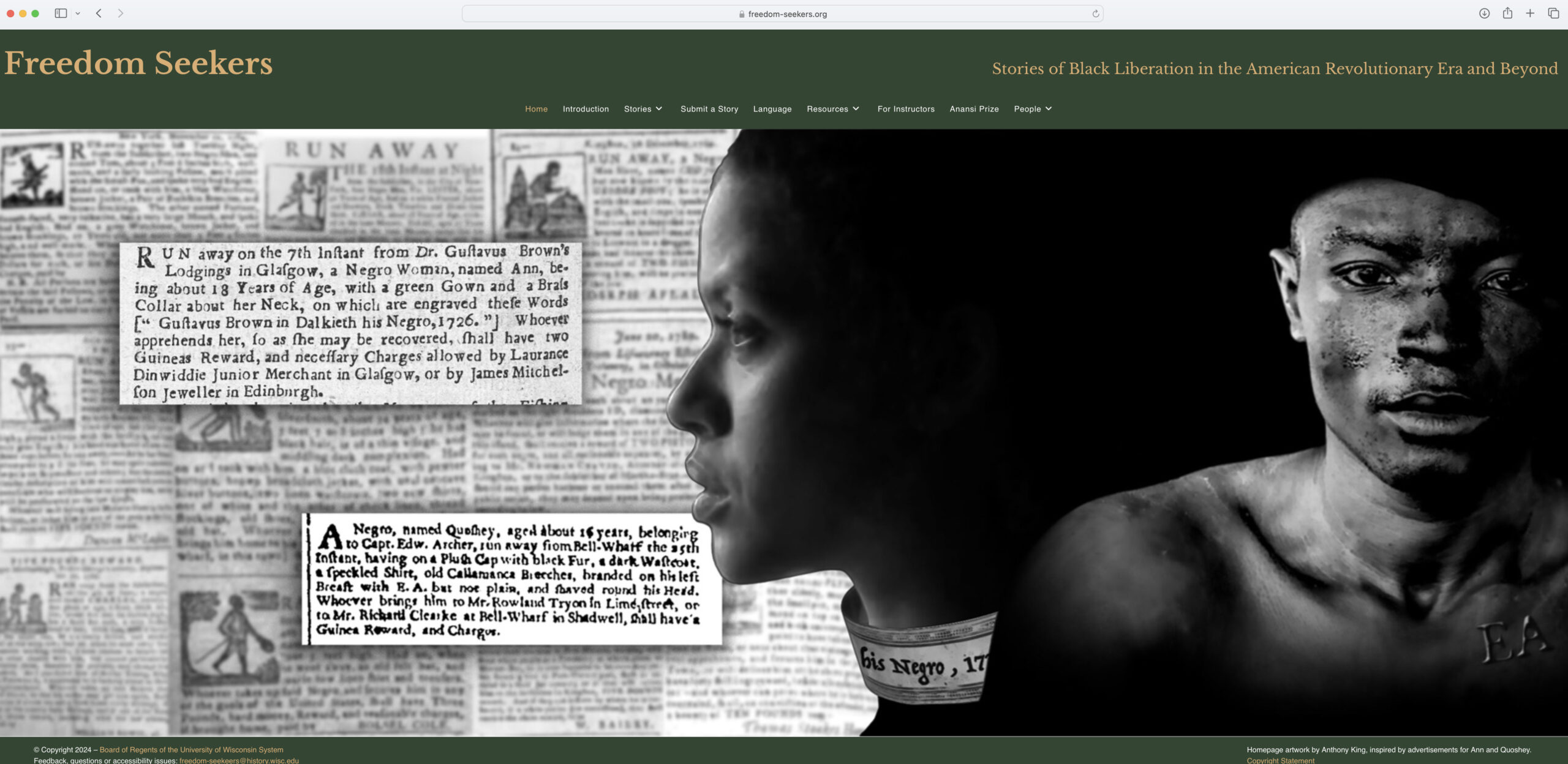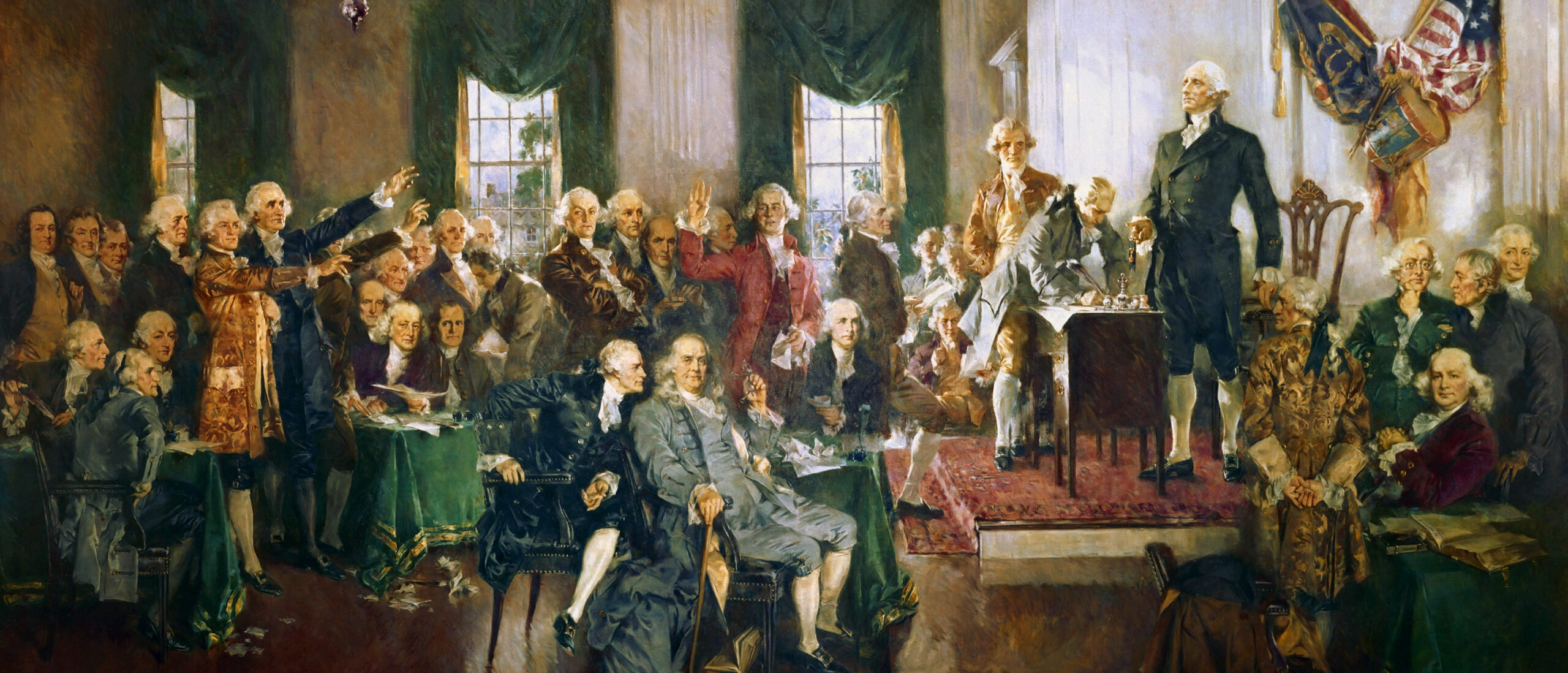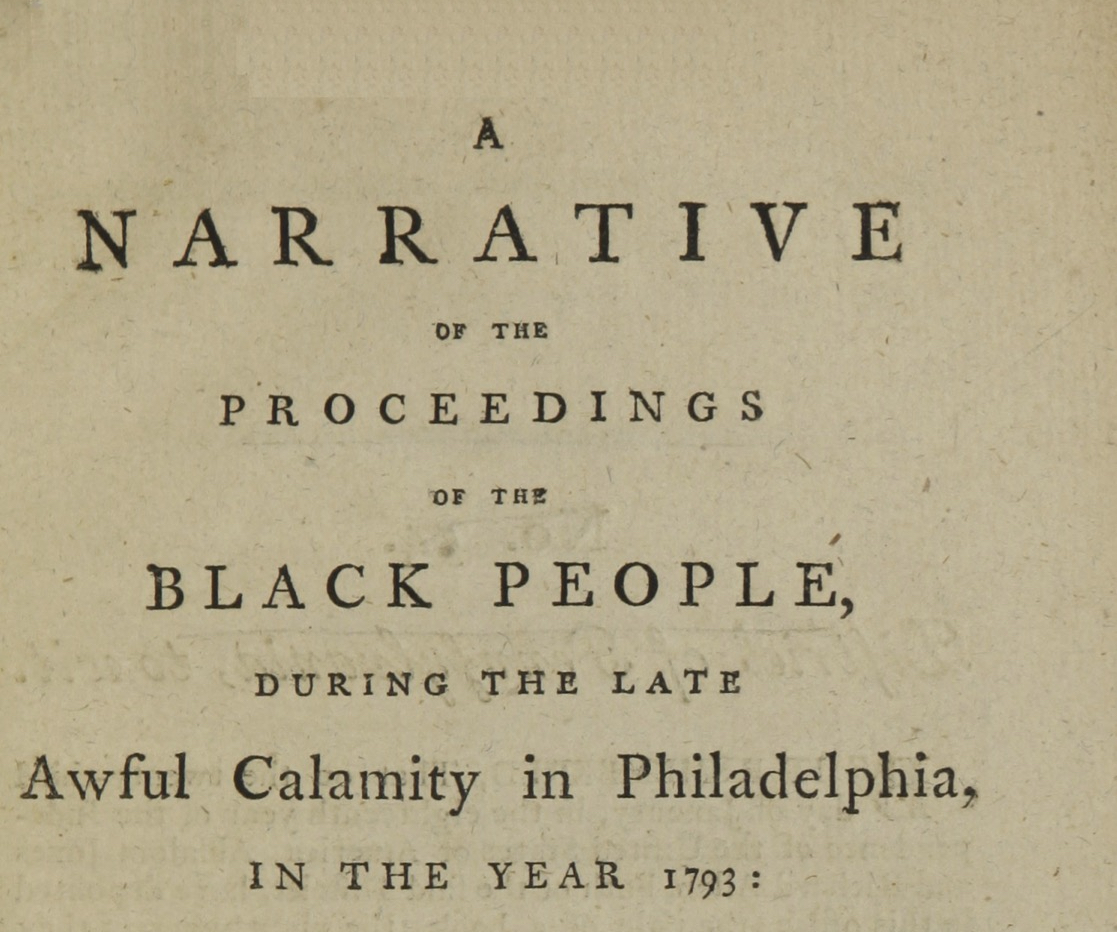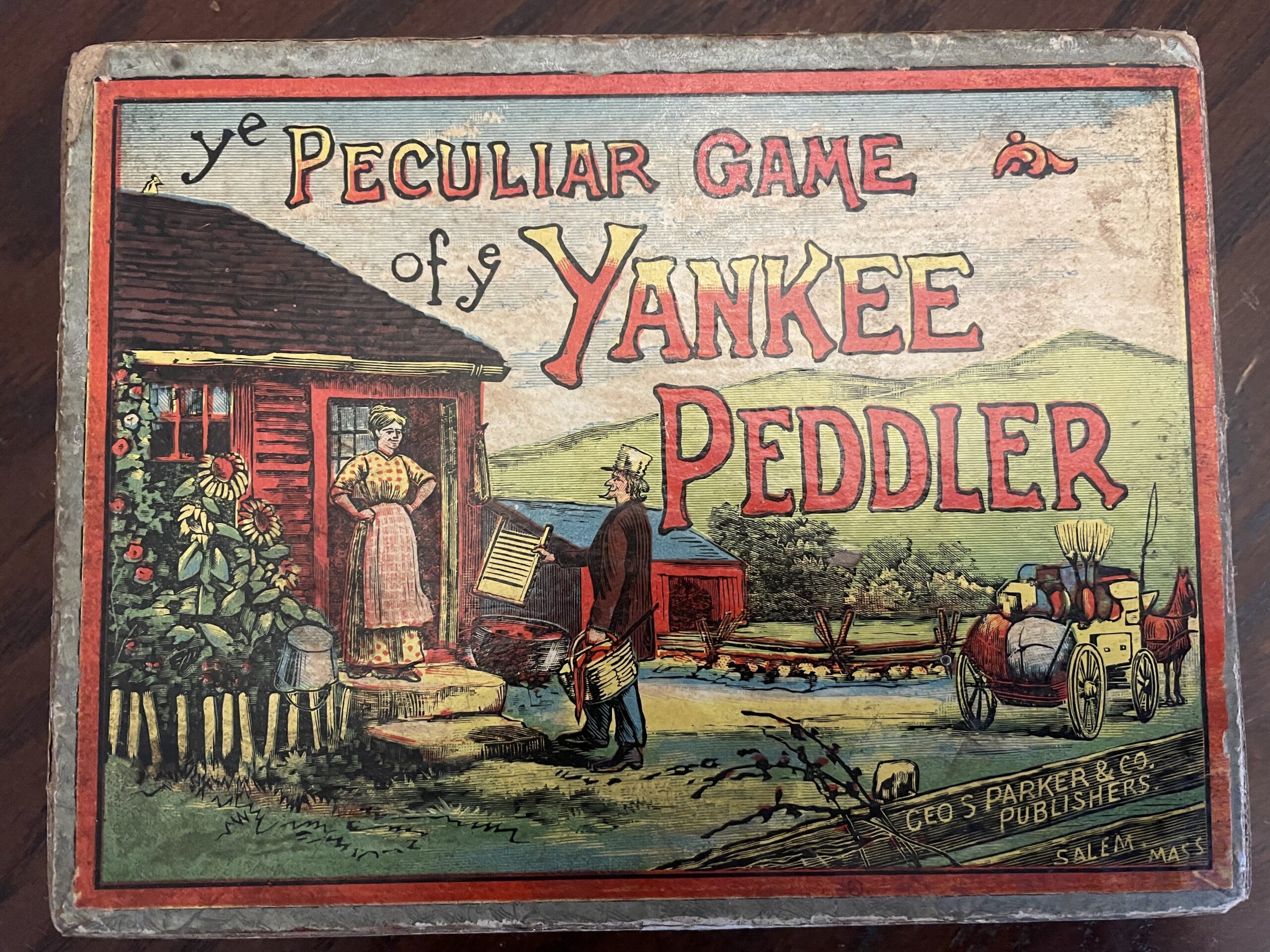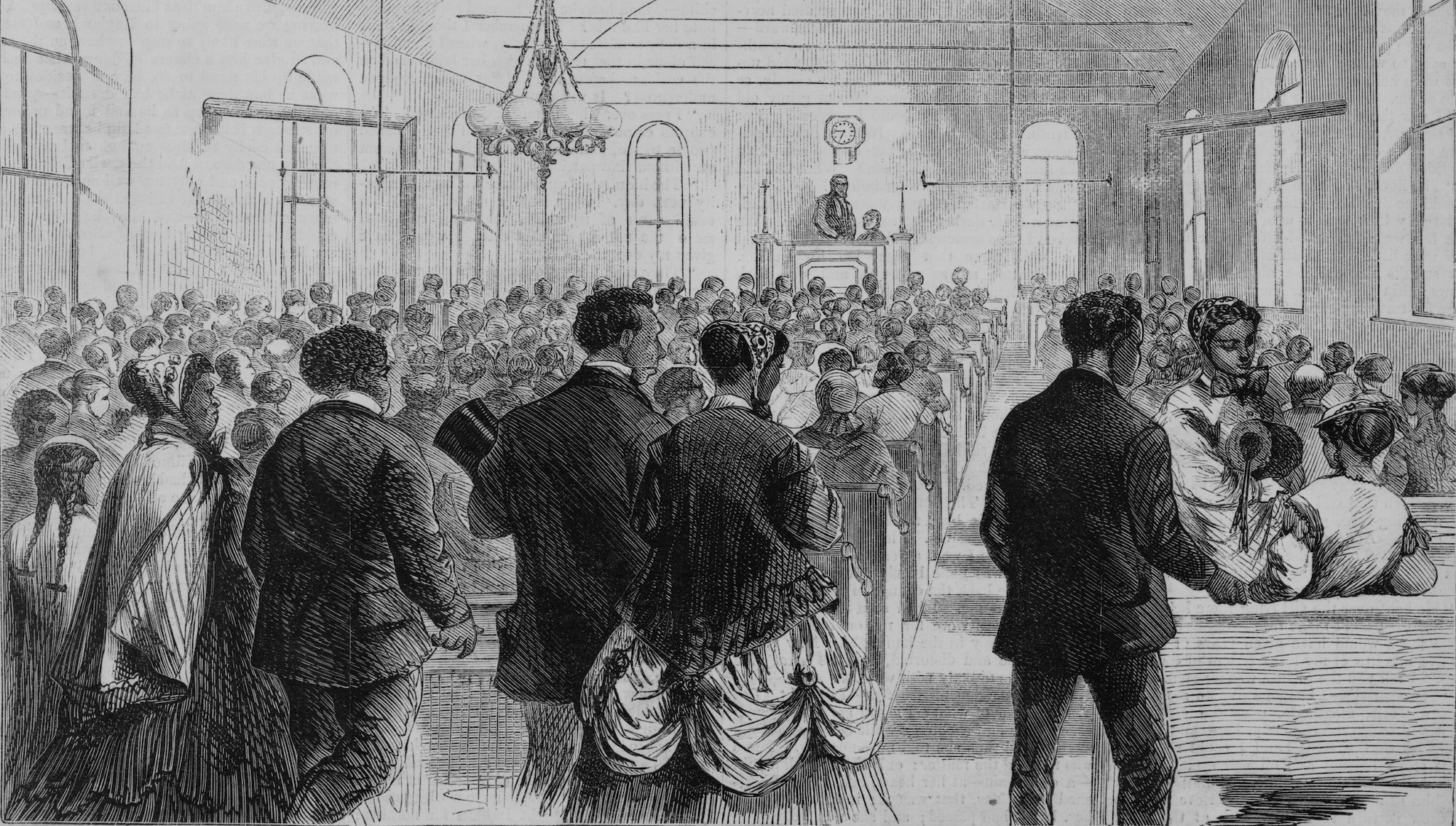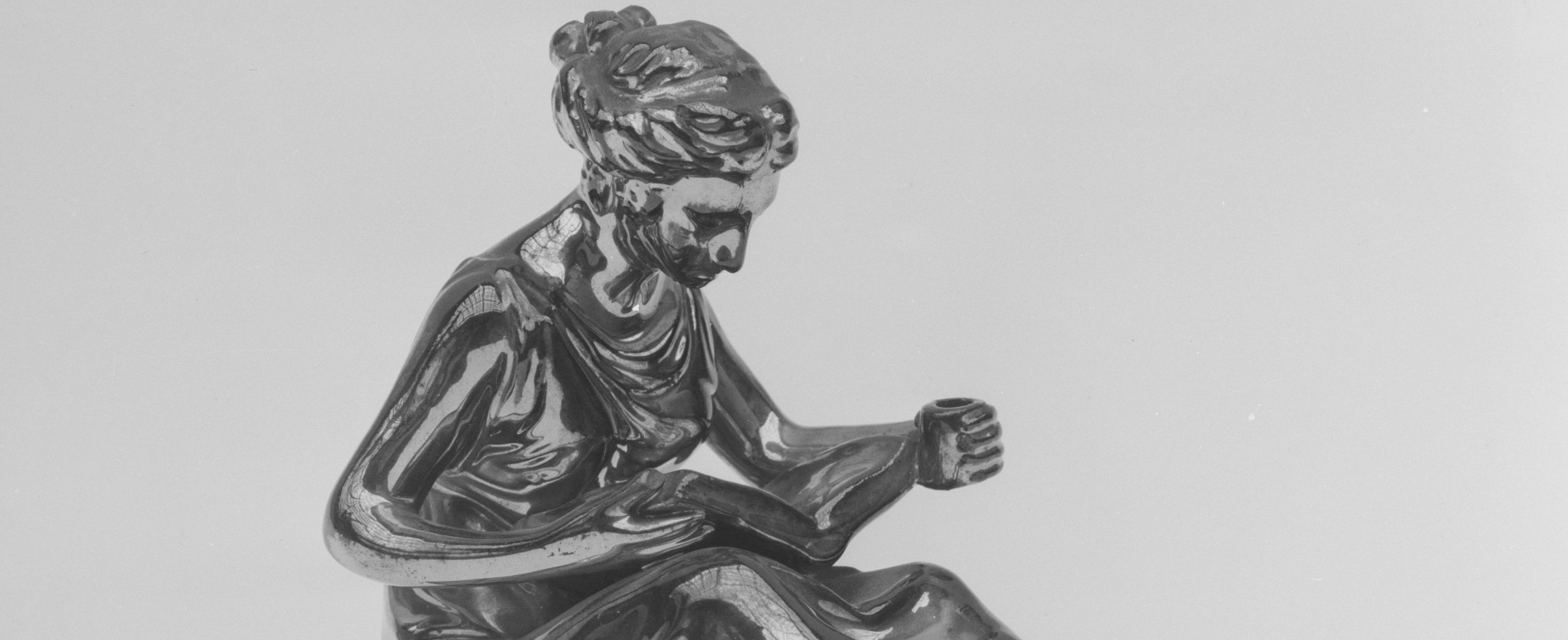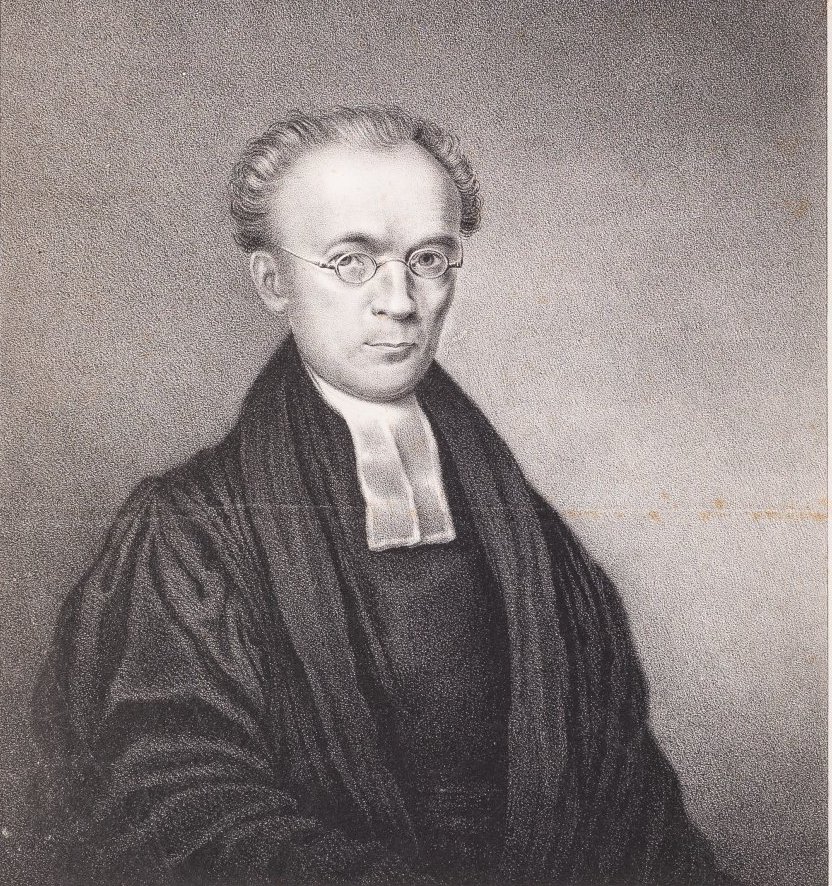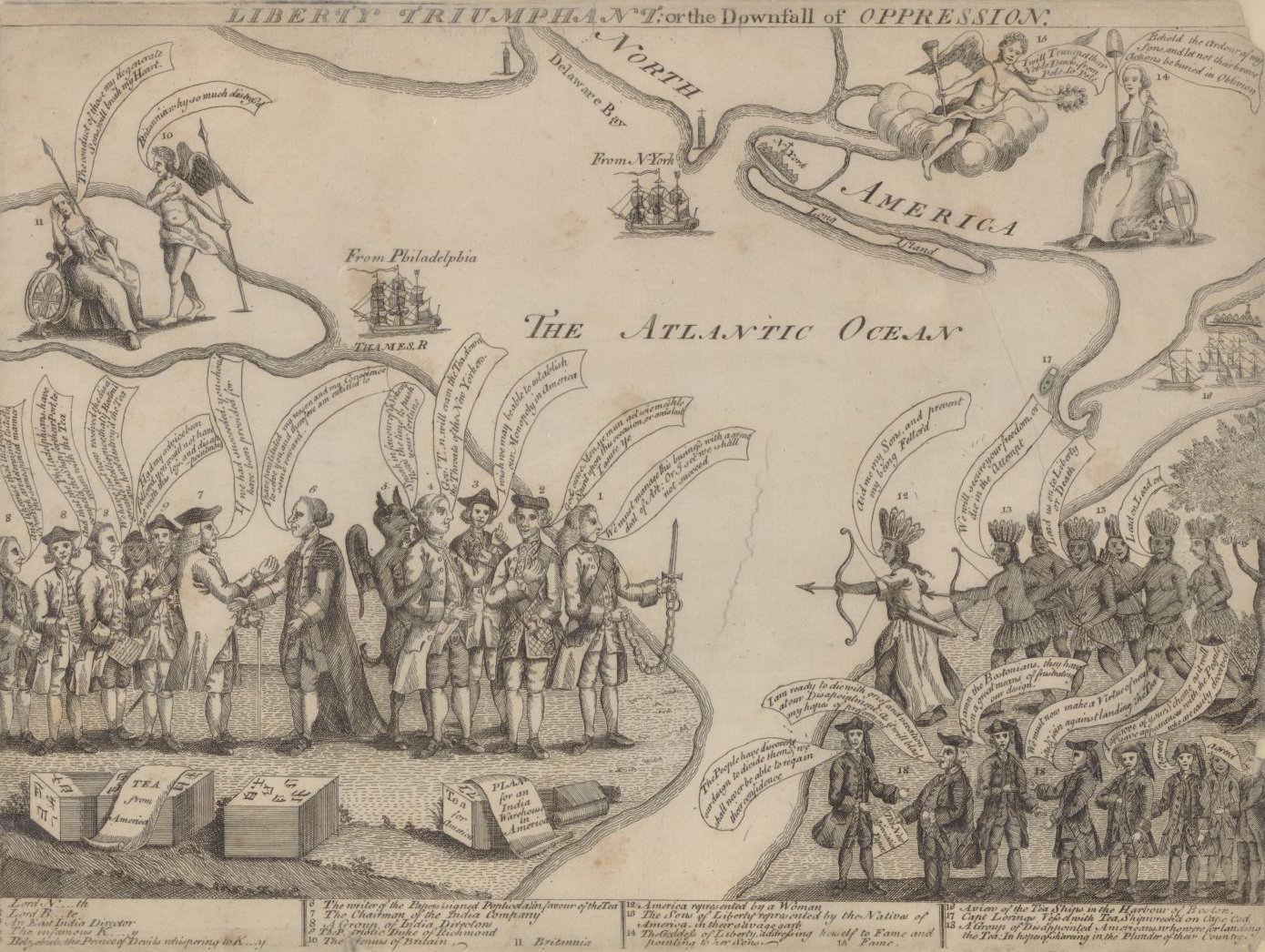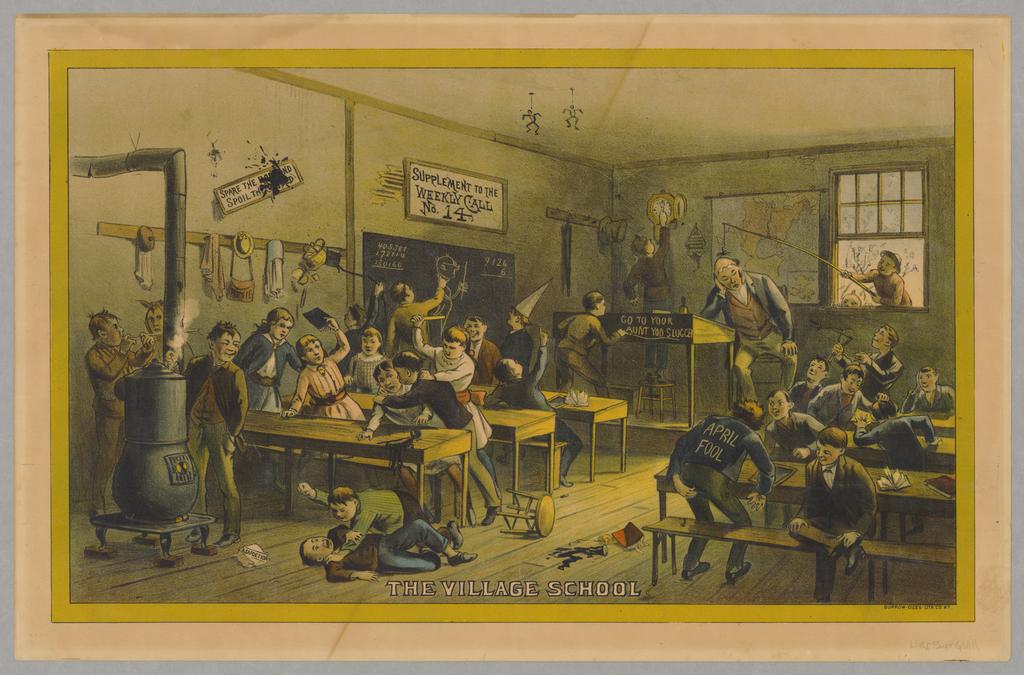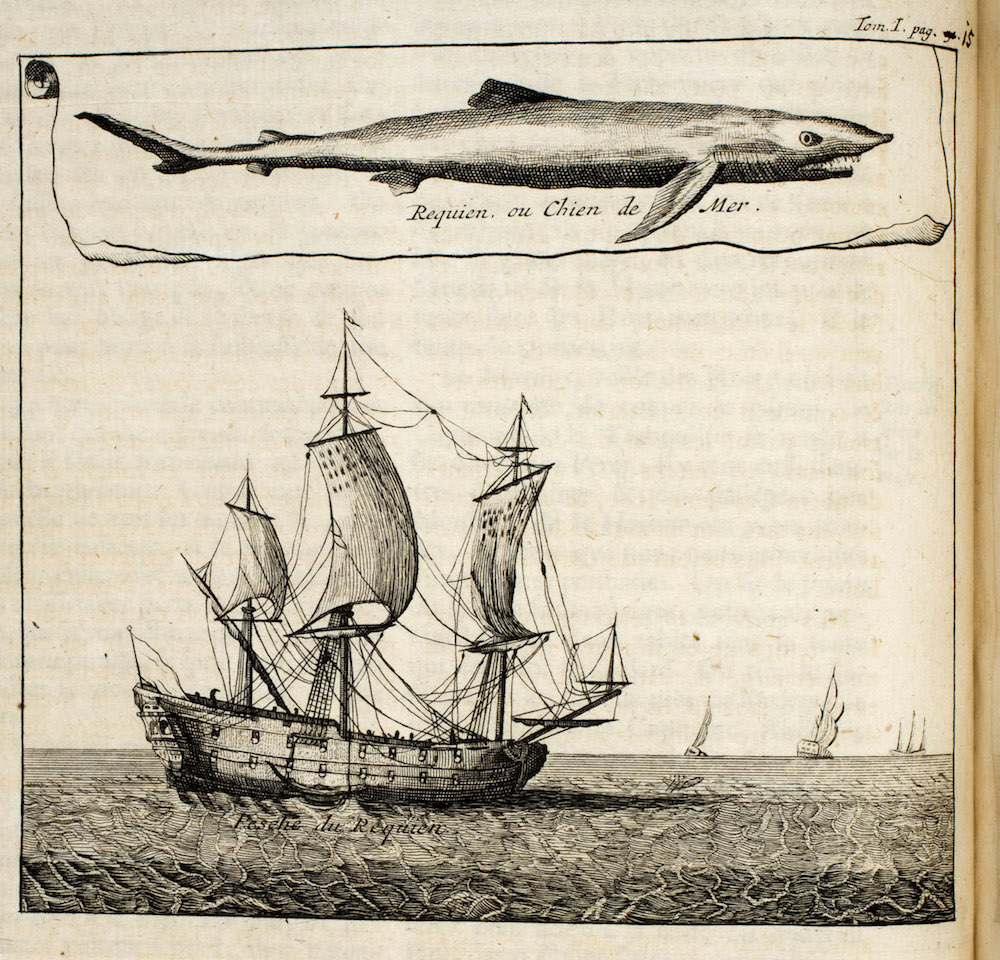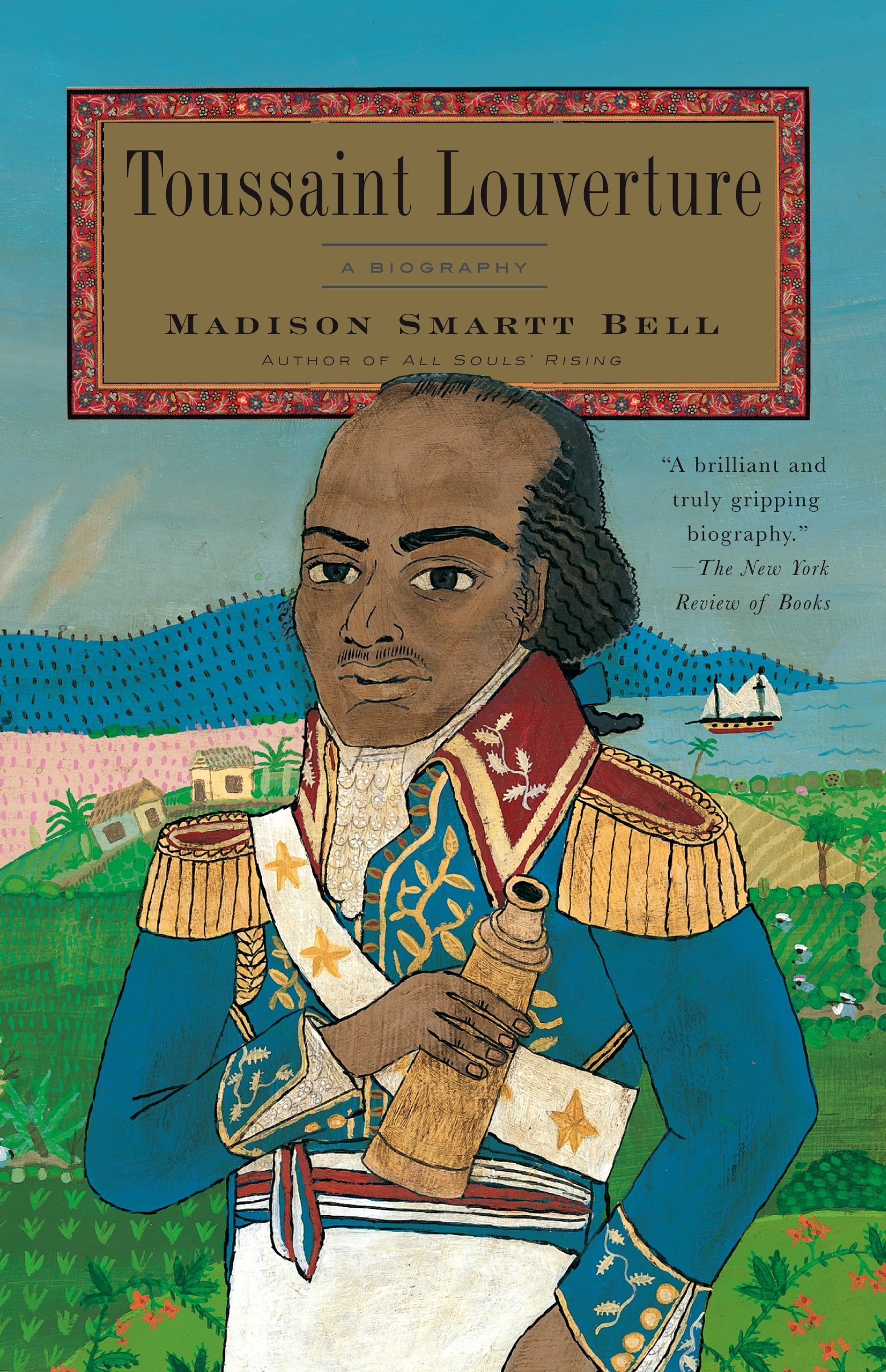Using Folk Songs to Teach American History
When I took world history in high school many years ago, I wrote a term paper tracing the Scottish history of “Scarborough Fair” after hearing Simon and Garfunkel’s version. My teacher was not amused and was clearly upset that I had found that almost every reference was sexual (a totally unforeseen conclusion). She was even more offended that I thought folk songs had any place in a history class, suggesting I put it back in English class where it belonged.
Ironically, now that I teach United States history, I use an American song practically every day. I find songs to be one of the best motivators a teacher can employ. I use them to set the mood, to illustrate an aspect of history, to trace the history of popular culture, but especially as an important primary source. Some songs underline economic change; some commemorate a historical event; some are campaign songs; some are protest songs; and some may bring a voice to an overlooked people.
A song works as well, and in many ways better, than video. Songs are short and flexible for use within a lesson, the equipment can be kept in the closet, and, most importantly, the students do not have time to lose focus.
Printed lyrics for the students are essential, not only because they help students understand the songs but also because they provide regular reading assignments. I often hand out the lyrics as the students enter the classroom, especially if the text is difficult. Lyrics are frequently found with the recording of the song, or can be transcribed if necessary. An excellent way to find song lyrics is to search Websites dedicated to collecting them, such as those listed at the end of this essay. Some sites provide illustrations, additional discussion, or even the music itself.
Realistically, students, sitting in their hard little desks, will not transport themselves to a historical era and embrace it just because they hear a song. Be forewarned that they, in fact, may often hate it. I will never forget inner-city students’ expressions of polite disgust when introduced to Bob Dylan’s “Only a Pawn in Their Game.” The usual responses are, “Do you listen to this for fun? Do you actually like this? This is the worst song I ever heard!” One girl clapped her hands over her ears, horrorstricken, during an entire song. At the end she cried, “My friends will never believe I listened to country music!” That actually gave me a nice opportunity to discuss the origins of country music.
Despite their skepticism, eventually students’ feet start tapping and I hear them singing in the hall. One day my rowdy ninth period was almost in tears listening to IZ Kamakawiwo’ole sing “Hawai’i 78,” his tribute to Hawaiian culture prior to United States annexation.
I have had particular classroom success with two songs related to the bitter presidential election of 1824. Andrew Jackson’s supporters sang the lighthearted “Hunters of Kentucky” commemorating their candidate’s generalship in the victorious battle of New Orleans:
But Jackson he was wide awake, and wasn’t scared at trifles,
For well he knew what aim we take with our Kentucky rifles;
He led us down to Cyprus swamp, the ground was low and mucky,
There stood John Bull in martial pomp, and here stood old Kentucky.
Old Hickory led our little band, none wished it to be greater,
For every man was half a horse and half an alligator.
The lesser-known song used by partisans of John Quincy Adams, “Little Know Ye Who’s Comin’” on the other hand, is wonderfully dark and scary warning to those who would bring that “frontier madman” Jackson to the White House:
Little know ye who’s comin’
If John Quincy not be comin’
Fire’s comin’, swords are comin’
Pistols, guns and knives are comin’
Famine’s comin’, famine’s comin’
Slavery’s coming, knavery’s comin’
Fears are coming, tears are comin’
Plague and Pestilence’s comin’
Satan’s comin’, Satan’s comin’
The song is an ideal starting point for a discussion of negative campaigning and the related rise of modern political parties in the Jacksonian era.
Which songs should be included in a class? I try to use only songs that underscore the essential points of the day’s lesson. That is, I try not to include songs simply because they were typical of the day, unless the focus of the lesson is exclusively on popular culture. While Stephen Foster’s Oh Susanna is a good sample of the popular culture of its era, for example, the lesser-known Gold-Rush version may actually help students remember that particular event:
I come from Salem City with my wash pan on my knee;
I’m going to California, the gold dust for to see.
It rained all day the day I left; the weather it was dry.
The sun so hot I froze to death. Oh brothers, don’t you cry.
To further engage students I challenge them to seek out songs that speak to historical themes. That is how I discovered a They Might Be Giants’ song about the often-neglected James K. Polk:
But precious few have mourned the passing of
Mister James K. Polk, our eleventh president
Young Hickory, Napoleon of the Stump.
A student’s choice of Weird Al Yankovic’s parody of Amish life (“As I walk through the valley where I harvest my grain / I take a look at my wife and realize she’s very plain”) provided a good counterpoint to “Simple Gifts,” the classic Shaker hymn, and ignited a spirited discussion of the conflicting American ideals of the country and the city.
Unfortunately, some contemporary music tends to be profane, so be advised: never play a song you have not previewed. I had to tell a student I could not play Against All Authority’s excellent, but vulgar, “Sacco and Vanzetti,” because the lyrics could not be shared with the class.
An additional way to help students establish ownership of the songs is to have them actually sing the songs. When I teach the Mexican-American War, I have the students sing the “Marine Corps Hymn.” We also sang the Civil War classic, “John Brown’s Body” as we examined the martyrdom of the radical abolitionist.
Once the students begin actively listening to the songs, their enthusiasm for the material grows. For me, it is clear that songs are taking them into another world, another time, and another place. What could be more gratifying for a history teacher?
Folk Songs for Teaching U.S. History
Lyrics and Background Information
- Apple Pie Music
- Lyrics World
- “Making Sense of American Popular Song,” by Ronald G. Walters and John Spitzer
- McGuinn’s Folkden
- Mudcat Cafe
- Popular Songs in American History
- Public Domain Music
- Volkslieder
Album Sources
British
- “Scarborough Fair,” anon., as performed by Simon & Garfunkel, Parsley, Sage, Rosemary and Thyme, Sony, 2001
Colonial
- “When I First Came to This Land,” anon., as performed by Keith and Rusty McNeil, Colonial and Revolution Songs, Wem, 1989
- “Greenland Whale Fishery,” anon., as performed by the Weavers, Wasn’t That a Time, Vanguard Records, 1993
Great Awakening
- “Bound for the Promised Land,” Samuel Sennet (1798), as performed by the Waverly Consort, An American Journey, Angel, 1996
French and Indian War
- “Death of General Wolfe,” anon., as performed by Keith and Rusty McNeil, Colonial and Revolution Songs, Wem, 1989
Revolution
- “Yankee Doodle,” anon., as performed by Judy Caplan Ginsburgh and David Marler, Musical America, Ginsburgh, 2004
- “Castle Island Song,” anon., as performed by Keith and Rusty McNeil, Colonial and Revolution Songs, Wem, 1989
- “Liberty Tree,” Thomas Paine (1775), as performed by the Waverly Consort, An American Journey, Angel, 1996
Early Presidents
- “Follow Washington,” anon., as performed by Oscar Brand, Presidential Campaign Songs 1789-1996, Smithsonian Folkways, 1999
- “Copper Kettle,” anon., as performed by Joan Baez, In Concert 1, Vanguard Records, 1990
- “For Jefferson and Liberty,” anon., as performed by Oscar Brand, Presidential Campaign Songs 1789-1996, Smithsonian Folkways, 1999
War of 1812
- “Parliament of England,” anon., as performed by Keith and Rusty McNeil, Colonial and Revolution Songs, Wem, 1989
- “Battle of New Orleans,” Jimmy Driftwood (1959), as performed by Johnny Horton, Greatest Hits, Sony, 1990
Jacksonian Politics
- “Hunters of Kentucky,” Samuel Woodward (1822), as performed by Oscar Brand, Presidential Campaign Songs 1789-1996, Smithsonian Folkways, 1999, and also as performed by Keith and Rusty McNeil Colonial and Revolution Songs, Wem, 1989
- “Little Know Ye Who’s Coming,” anon., as performed by Oscar Brand, Presidential Campaign Songs 1789-1996, Smithsonian Folkways, 1999
Utopian Reform
- “Simple Gifts,” Elder Joseph Brackett (1848), as performed by the Shakers of Sabbathday Lake, Simple Gifts: Shaker Chants and Spirituals, Elektra, 1995
- “Amish Paradise,” Weird Al Yankovic, Bad Hair Day, Scotti Bros, 1996
Women’s Rights
- “Ain’t I a Woman,” Sojourner Truth (1851), as performed by Sally Rogers, Generations, Flying Fish Records, 1992, and also as performed by Kim & Reggie Harris, Steal Away-Music of the Underground Railroad, Appleseed Records, 1998
- “Wagoner’s Lad,” anon., as performed by Joan Baez, In Concert 2, Vanguard Records, 2002
Temperance
- “Father Come Home,” anon., as performed by George Jessel, George Jessel Sings Tear Jerkers For The Not-So-Gay Nineties, Treasure, c. 1960
Industrialization
- “Paddy’s Working on the Railroad,” anon., as performed by the Limelighters, We The People–A Celebration of the Bicentennial of the U.S. Constitution, Rediscover Music, 1976
- “Cotton Mill Girls,” Hedy West (1963), as performed by Keith and Rusty McNeil, Working and Union Songs, Wem Records, 1989
- “Erie Canal,” anon., as performed by Judy Caplan Ginsburgh and David Marler, Musical America, Ginsburgh, 2004
Manifest Destiny
- “Indian Nation,” John D. Loudermilk (1968), as performed by Paul Revere and the Raiders, Legend of Paul Revere and the Raiders, Sony, 1990
- “Remember the Alamo,” anon., as performed by the Kingston Trio, Capitol Years, Capitol, 1995
- “The Marine Corps Hymn,” as performed by the Sun Harbor Men’s Chorus, Patriotic Songs of America, the Sun Harbor Men’s Chorus, 2001
- “James K Polk,” Mathew Hill (1990), as performed by They Might Be Giants, Dial-A-Song: 20 years of They Might Be Giants, Rhino Records, 2002
- “Heart of the Appaloosa,” Fred Small, The Heart of the Appaloosa, Rounder, 1992
- “Frozen Logger,” anon., lyrics found in James Stevens, Bunk Shanty Ballads and Tales (1949), as performed by Odetta, At Town Hall, Vanguard Records, 1991 “Oh Susanna,” anon., as performed by Judy Caplan Ginsburgh and David Marler, Musical America, Ginsburgh, 2004
Slavery
- “Some Time’s I Feel Like a Motherless Child,” anon., as performed by Paul Robeson, The Essential Paul Robeson, Living Era, 2001
- “Follow the Drinking Gourd,” anon., as performed by Kim and Reggie Harris, Steal Away-Music of the Underground Railroad, Appleseed Records, 1998
Civil War
- “Battle Hymn of the Republic,” Julia Howe (1862), The Civil War-Traditional American Songs and Instrumental Music Featured in the Film by Ken Burns, Nonesuch, 1990
- “John Brown’s Body,” anon., as performed by Pete Seeger, American Favorite Ballads vol. 1, Smithsonian Folkways, 2002
Reconstruction/Segregated South
- “The Night They Drove Old Dixie down,” Robbie Robertson (1970), as performed by Joan Baez, Joan Baez-Greatest Hits, A&M Records, 1996
- “Unreconstructed Rebel,” Major Innes Randolph (1914), as performed by Cumberland Three, Songs of the Civil War, Rhino Records, 1991
- “Strange Fruit,” Abel Meeropol (1939), as performed by Billie Holiday, The Commodore Master Takes, Polygram Records, 2000
- “Only a Pawn in Their Game,” Bob Dylan (1963), Freedom is a Constant Struggle: Songs of the Mississippi Civil Rights Movement, Folk Era Records, 1994
Imperialism
- “Battleship of Maine,” anon., as performed by the New Lost City Ramblers, The Early Years (1958-1962), Smithsonian Folkways, 1992
- “Buffalo Soldier,” Bob Marley (1984), Legend of Bob Marley, Island, 2002
- “Send the Marines,” Tom Lehrer (1963), That Was The Year That Was, Warner Brothers, 1990
- “Hawai’i 78,” Israel “IZ” Kamakawio’ole, Facing Future, Mountain Apple Company, 1993
1920s
- “Sacco and Vanzetti,”Against all Authority, Nothing New for Trash like You, Sub City Records, 2001
This article originally appeared in issue 5.4 (July, 2005).
Andrea Maxeiner has been interested in folk music ever since her grandparents gave her Joan Baez’s first album. Since then, she has earned a Ph.D. in history from the Catholic University of America. She now teaches advanced placement United States history at Hicksville High School in New York.



